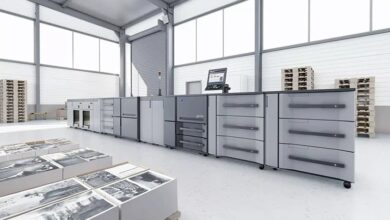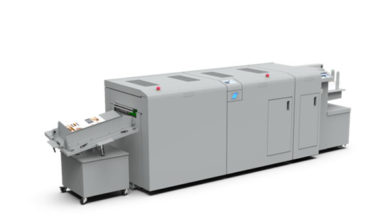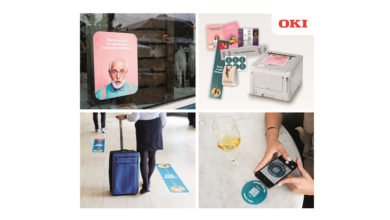‘Wild’ And ‘Art Nouveau’- New Products By Gruppo Cordenons
Italian manufacturers of Fine Papers Gruppo Cordenons along with Sona Commercial, headquartered in India, to mark their third year in the industry, recently exhibited their latest products- Wild and Art Nouveau.
The company promises that one of their new highlights ‘Wild’ certified by FSC® has 35% cotton and fiber from responsibly managed forests. It is available in four weights (150, 300, 450 and 850 gsm ) and has an extraordinary natural surface with an extremely high bulk caliper. Being smooth and neutral in colour, it is particularly suitable for embossing, debossing, offset printing, letterpress and hot foil stamping.
Speaking of the other, Art Nouveau, Gruppo Cordenons asserted that it is a product of their joint effort with Sona Commercial. It’s a new variety that stands out for its inventive creativity and thorough craftsmanship. It also happens to be a combination of the best blend of pulp fibers, high stiffness and bulk, which along with its special surface treatment gives the best printing results, both on conventional and digital printing techniques.
The group has earlier been noticed for their products like Stardream, Plike and Natural Evolution, while the above two new products promise to be at par. Gruppo Cordenons’ mill has been making paper for 383 years in Italy and has built a name in the global market for its high-end quality papers, and they have been will assisted by Sona Commercial to grip the Dubai market, who have made it easier for them to connect with the Gulf Countries.





